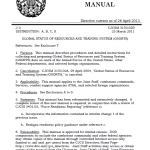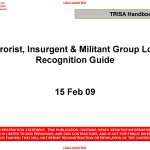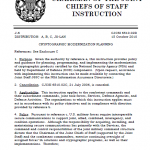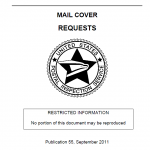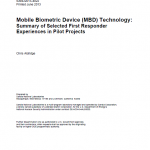
Mobile biometric devices (MBDs) capable of both enrolling individuals in databases and performing identification checks of subjects in the field are seen as an important capability for military, law enforcement, and homeland security operations. The technology is advancing rapidly. The Department of Homeland Security Science and Technology Directorate through an Interagency Agreement with Sandia sponsored a series of pilot projects to obtain information for the first responder law enforcement community on further identification of requirements for mobile biometric device technology. Working with 62 different jurisdictions, including components of the Department of Homeland Security, Sandia delivered a series of reports on user operation of state-of-the-art mobile biometric devices. These reports included feedback information on MBD usage in both operational and exercise scenarios. The findings and conclusions of the project address both the limitations and possibilities of MBD technology to improve operations. Evidence of these possibilities can be found in the adoption of this technology by many agencies today and the cooperation of several law enforcement agencies in both participating in the pilot efforts and sharing of information about their own experiences in efforts undertaken separately.

